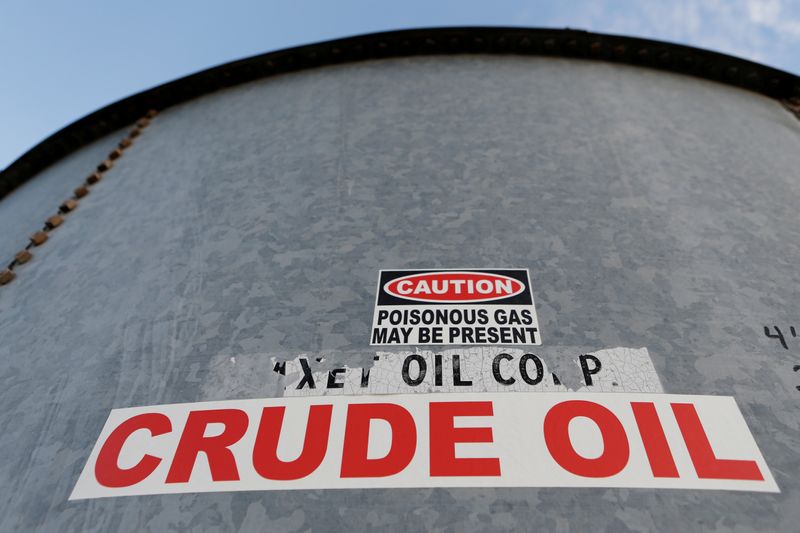LONDON (Reuters) - OPEC and its allies are due to hold talks on Thursday to discuss the biggest coordinated supply production cut in history but they must agree on two major points: the levels from which any cuts should be made and how the United States will respond.
U.S. President Donald Trump said last week he had brokered a deal between Russia and Saudi Arabia to cut 10 million to 15 million barrels per day (bpd) of crude, or 10 to 15% of global oil supplies. The coronavirus crisis has slashed demand by 30%.
ALL ABOUT THE BASELINE
OPEC sources have told Reuters a key element to the discussions is reaching a deal on what levels of national production to use to calculate any output cuts.
An OPEC source said discussion were around whether to cut from April levels or whether to use a period before that.
Another source said Riyadh, which hiked output to a record 12.3 million bpd in April from 9.8 million bpd in March, was insisting on cutting production from April levels.
Russian President Vladimir Putin has said he favoured cuts being made from production levels in the first quarter.
"Clearly, cuts taking place from the most recent elevated levels would have less impact on absolute supply," FGE Energy said.
THE PRODUCTION DATA CHALLENGE
But one of the challenges facing OPEC+ - the informal grouping of the Organization Petroleum Exporting Countries, Russia and other producers - is getting reliable production figures for producers.
OPEC's monthly oil market report on output from its members relies on secondary sources including price reporting agencies, the International Energy Agency (IEA) and the U.S. Energy Information Administration (EIA) to assess production.
Secondary source data is sometimes at odds with the direct submissions of individual members, which has allowed some members like Nigeria and Iraq to justify lagging behind on compliance with previous cut agreements.
The data usually carries a lag of up to two weeks, so February's production figures were published on March 11 and the March figures are expected to come out on April 16.
Another challenge for OPEC+ has been around how some members assess their production. After much debate, Russia secured agreement among OPEC+ to include oil and condensate - a by product in crude production - in its total output level.
THE U.S. CONUNDRUM
Russia has insisted that it would only accept cuts to its output if the United States joined in with reductions.
The U.S. Department of Energy said U.S. output was already falling without government intervention, in line with the position of the White House that it would not intervene.
U.S. Department of Energy projections now show U.S. oil output averaging 11 million bpd in 2021, which correlates to about a 2 million bpd decline from the late 2019 peak.
But Moscow has said natural production declines were not the same as the voluntary output cuts now being negotiated.
